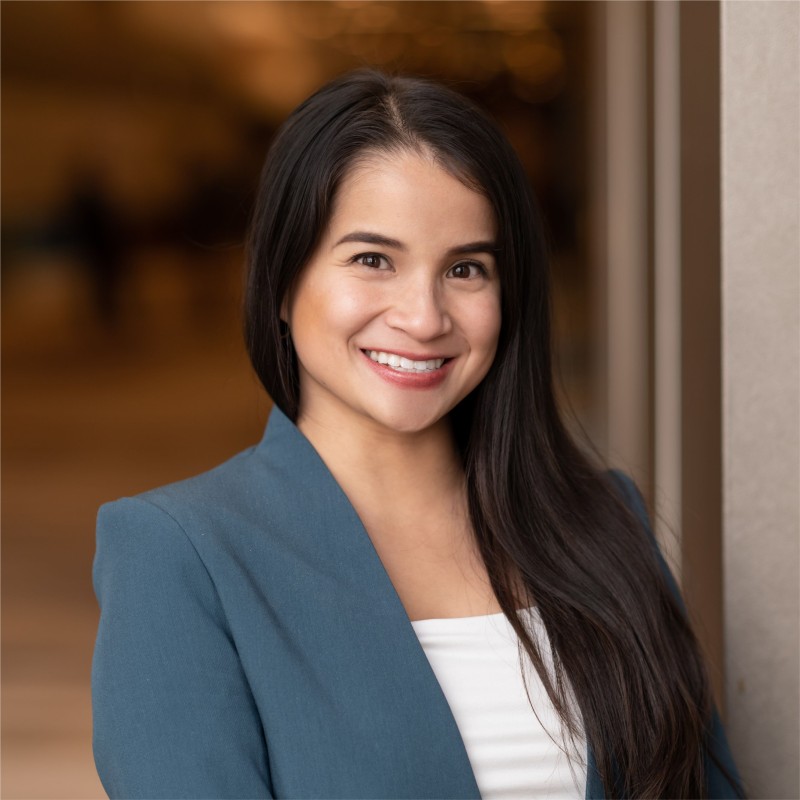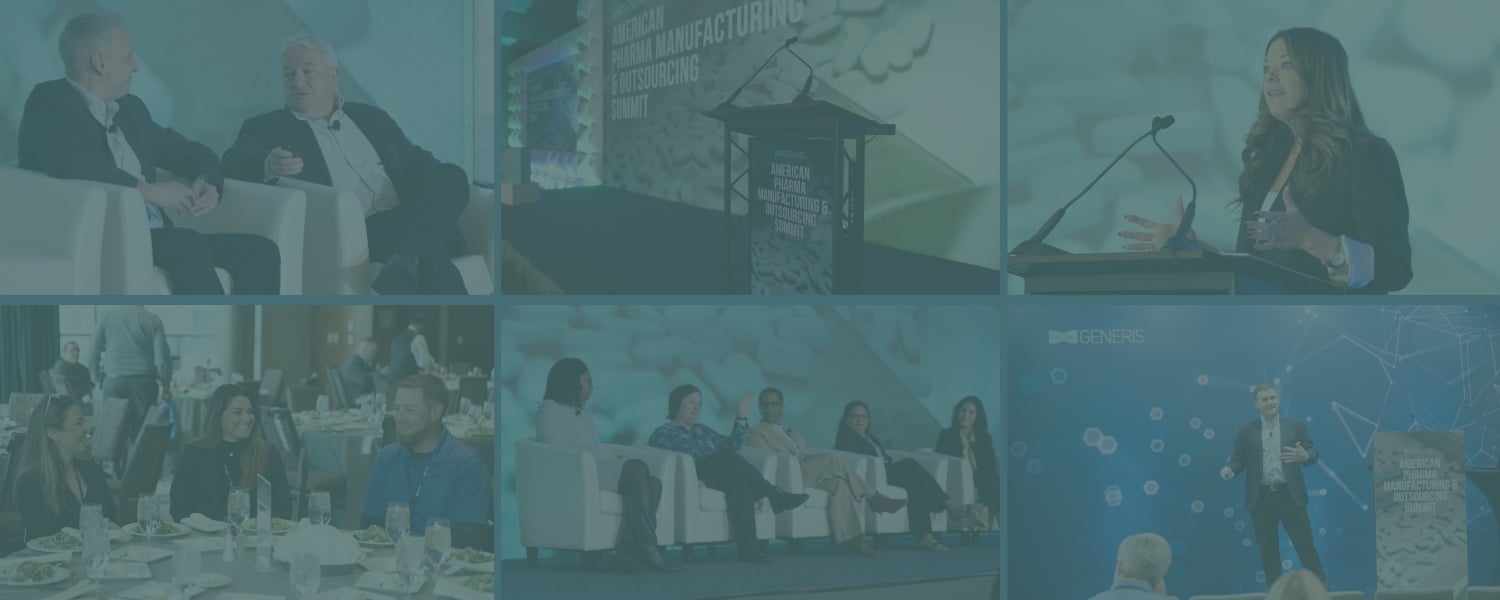Gil Roth, President and founder of the Pharma and Biopharma Outsourcing Association (PBOA), brings a wealth of industry experience to his leadership role. Having founded PBOA in 2014, Gil sought to give the Contract Development and Manufacturing Organizations (CDMO) sector a unified voice, driven by his deep understanding of the industry's regulatory challenges.
His extensive background as the founding editor of Contract Pharma magazine equipped him with unique insights into the unmet needs of CMOs and CDMOs, particularly their interactions with the FDA. In this interview, Gil shares the pivotal moments that inspired the creation of PBOA, his approach to navigating complex regulatory landscapes, and the critical role of advocacy and communication in driving success for the CDMO sector.
Please introduce yourself and share a bit about your role at the Pharma and Biopharma Outsourcing Association (PBOA).
.jpeg?width=280&height=280&name=IMG_5497%20(1).jpeg) My name is Gil Roth, and I'm the President of the Pharma and Biopharma Outsourcing Association (PBOA), a trade group representing CMOs and CDMOs that I founded in 2014.
My name is Gil Roth, and I'm the President of the Pharma and Biopharma Outsourcing Association (PBOA), a trade group representing CMOs and CDMOs that I founded in 2014.
Before that, I was the founding editor of Contract Pharma Magazine, a role I started in 1999.
Over the years, I began to see a gap in the representation of CDMOs, especially when it came to regulatory issues with the FDA. Despite the sector's importance, there was no advocacy group speaking on its behalf.
This realization motivated me to leave the magazine and establish PBOA to give the CDMO sector a much-needed voice in key industry discussions.
Beyond that, what specifically inspired you to start the PBOA? How did your professional experience shape your vision for supporting the industry?
 The turning point was in 2013 when I was writing an article about the Generic Drug User Fee Amendments (GDUFA), which is a five-year agreement between the FDA and the industry. When the program launched, many CDMOs were blindsided by unexpected invoices for fees they weren’t even aware of.
The turning point was in 2013 when I was writing an article about the Generic Drug User Fee Amendments (GDUFA), which is a five-year agreement between the FDA and the industry. When the program launched, many CDMOs were blindsided by unexpected invoices for fees they weren’t even aware of.
As I researched the article, I found that a lot of CDMOs felt frustrated, but they weren’t willing to speak out publicly. That’s when it hit me—they needed someone to bring them together, advocate on their behalf, speak for them and make sure they were part of future negotiations.
With encouragement from the industry, I left my role at Contract Pharma, gathered a group of 15 companies, and founded PBOA.
Our first major success was negotiating GDUFA II, which not only saved CDMOs significant money but also secured them a seat at the table and brought the CDMO perspective to FDA. My background in journalism and deep industry connections gave me a solid foundation to make this transition and help unify the sector.
Reflecting on your journey, what do you consider the most critical factors in driving success within the CDMO sector?
 For me, the most important factor has been listening. The CDMO sector is incredibly diverse, with everything from large multinationals to smaller, single-site operations.
For me, the most important factor has been listening. The CDMO sector is incredibly diverse, with everything from large multinationals to smaller, single-site operations.
One of the keys to success has been making sure all voices are heard, regardless of the size of the company. In the broader pharma world, CDMOs often work under confidentiality agreements with their clients, so it's easy for their needs to be overlooked.
My job has been to bring together this diverse group and ensure their interests are represented, not just within the industry but also with regulatory bodies like the FDA and lawmakers in Congress.
Beyond just the CDMOs, I’ve had to understand the needs of customers and the regulatory environment to make sure we’re working in a way that helps everyone, especially when it comes to delivering safe and effective treatments to patients.
How do you approach strategies for navigating the complex regulatory landscape that CDMOs face today?
 Navigating the regulatory landscape is all about staying informed and keeping lines of communication open. We monitor updates from agencies like the FDA and EMA by following the Federal Register and other notices. But just as important is maintaining regular contact with our member companies.
Navigating the regulatory landscape is all about staying informed and keeping lines of communication open. We monitor updates from agencies like the FDA and EMA by following the Federal Register and other notices. But just as important is maintaining regular contact with our member companies.
We have a Quality Technical Group (QTG), which includes quality leads from around 30 of our 40 members. They meet monthly to discuss emerging regulatory challenges and share insights on how to handle them.
It’s a collaborative effort that allows members to support one another. Some of our members are also involved in groups like ISPE and PDA, which helps us stay on top of broader regulatory trends, such as updates to Annex 1.
This network of communication ensures that everyone is better prepared for new challenges and changes in the regulatory environment.
Given your extensive experience, what are some of the lessons you’ve learned in the CDMO industry that you wish you’d known when you first started?
One of the biggest lessons I’ve learned is that advocacy work isn’t just about dealing with the FDA. I initially thought PBOA would mainly focus on FDA issues, but I quickly realized that we also need to work with Congress and the White House to shape policy before it even reaches the FDA. This led to me registering as a lobbyist, which wasn’t something I expected when I first started PBOA.
Another lesson was the importance of facilitating communication between CDMOs themselves. I didn’t anticipate how valuable it would be to create spaces where CDMOs could share knowledge and work through challenges together. Our working groups and annual meetings have become great resources for our members to solve problems and exchange ideas.
I thought PBOA would be mostly about external advocacy, but the internal collaboration between members has proven to be just as important.
From your experience, what are the core elements of effective communication between CDMOs and their clients, especially with evolving regulatory expectations?
 The most critical element is honesty. CDMOs need to be transparent with their clients about what they can realistically deliver, whether it’s about timelines, costs, or compliance issues.
The most critical element is honesty. CDMOs need to be transparent with their clients about what they can realistically deliver, whether it’s about timelines, costs, or compliance issues.
It’s better to be upfront than to overpromise and underdeliver.
I’ve often heard from people who move from the customer side to the CDMO side, and they usually say the same thing: they now realize the CDMO wasn’t exaggerating challenges—they were just being honest.
That kind of clear, transparent communication helps build trust. Another important point is that CDMOs need to stand their ground when it comes to quality. No contract is worth compromising a company’s quality system, and CDMOs need to communicate that to clients, even if it means pushing back on certain requests.
As a key leader in this space, how do you see the role of leadership in navigating regulatory changes and driving industry-wide best practices?
Leadership in this space means being a reliable point of contact for CDMOs and making sure they stay informed about key developments. The CDMO industry is very scattered, with no one company dominating the market.
It’s my job to ensure that even the smaller players have access to the same information as the larger companies. It’s also about creating a network where CDMOs can learn from each other and share best practices. By keeping everyone connected and informed, we can ensure that CDMOs are not only meeting regulatory requirements but also driving improvements across the industry.
What are some of the significant challenges you’ve encountered in the CDMO industry, particularly related to regulatory changes, and how did you address them?
 One of the major challenges right now is the Biosecure Act, which could limit federal contracts for companies working with entities in "adversarial regions.
One of the major challenges right now is the Biosecure Act, which could limit federal contracts for companies working with entities in "adversarial regions.
This has huge implications for some of the larger CDMOs. Another big challenge is the implementation of new regulations like Annex 1 in the EU and Canada, which could impact sterile fill-finish operations.
But the most pressing issue across the industry is drug shortages. We’re working with the FDA and other regulators to improve supply chain transparency, which has become more critical since 2020.
CDMOs can’t create products on their own—they rely on customers and suppliers.
So, improving transparency in supply chains is essential for preventing shortages and ensuring the continuous availability of key drugs.
Finally, what are you most looking forward to at the American Pharma Manufacturing Conference and Summit?
I’m looking forward to catching up with our member companies and talking to potential new members, but also hearing from the customer side. It’s important to get a full view of how CDMOs and their customers are approaching the industry’s challenges.
For me, the best part of these events is connecting with people, hearing their perspectives, and figuring out ways to collaborate. Schmoozing is what I do best, so I’m excited to get back to that in person.
We're excited to welcome Gil Roth as a speaker at the upcoming American Pharma Manufacturing & Outsourcing Summit this November 18-19, 2024 at the Westin Copley Place, Boston, MA!
Find out more about the event and secure your spot at posummit.com
Don't miss out on our latest insights and updates—subscribe to the blog now!
%20(1).png?width=773&height=112&name=Generis%20Logo%20full%20Colour%20(Large)%20(1).png)





-Nov-13-2025-01-18-02-9699-PM.png)
-2.png)